Wizz Air adds ninth Airbus A321neo to its base in Gdansk, Poland
Wizz Air continues adding aircraft to bases across Central and Eastern Europe following the closure of its Abu Dhabi subsidiary and base in Vienna, Austria.
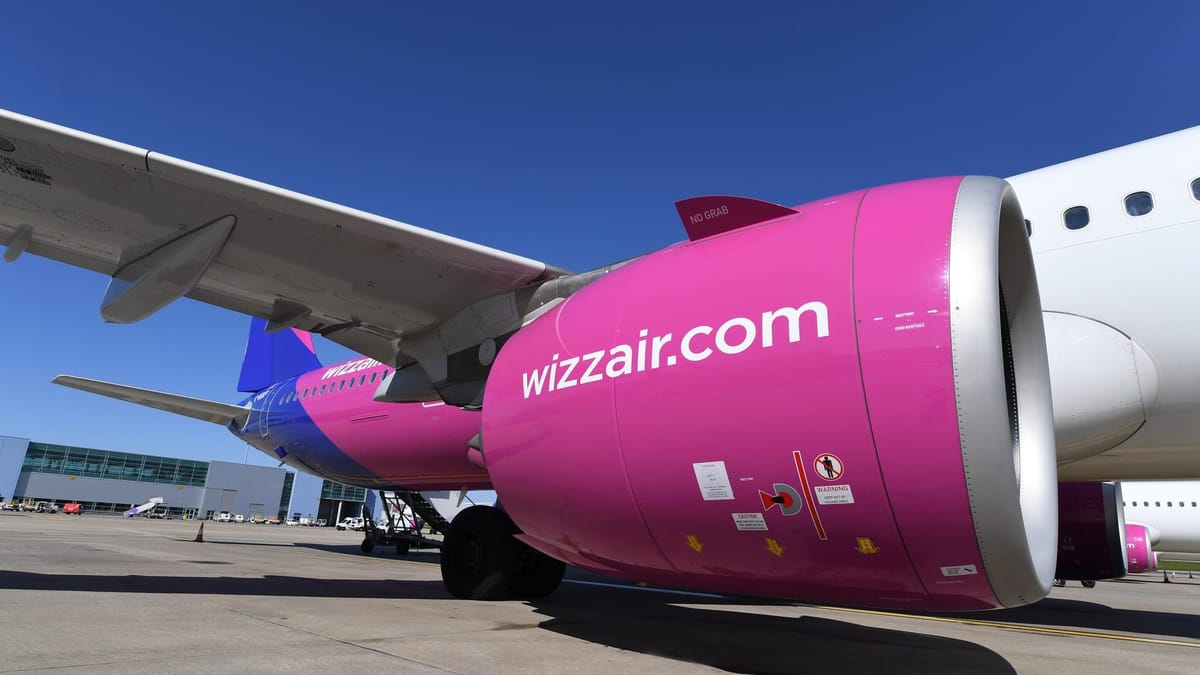
Wizz Air has announced that it would add a ninth Airbus A321neo aircraft to its base at Gdansk Lech Walesa Airport (GDN), resulting in five new routes being opened from the Polish airport.
On October 7, 2025, Wizz Air unveiled that with the addition of its ninth A321neo at GDN, the low-cost carrier would add five new routes from the Polish airport, resulting in over 500,000 extra seats during the next few months.
József Váradi, the Chief Executive Officer (CEO) of Wizz Air, said that basing the ninth A321neo at GDN was a vote of confidence in Poland and the airport, which serves Gdansk and the Tricity metropolitan area that also includes Gdynia and Sopot.
The area, called Trójmiasto in Polish, is home to over 760,000 people (excluding the cities’ metropolitan areas), according to Statistics Poland (Główny Urząd Statystyczny).
“Poland remains one of Wizz Air’s most dynamic markets, and today’s decision is both a commitment to our customers and a platform for further, sustainable growth in Poland.”
Wizz Air’s five new routes, starting in December 2025 (to TAT) and May 2026 (ATH, NCE, TLL, VNO), include three Eastern European destinations, at least one of which was announced in September 2025, namely Vilnius Airport (VNO).
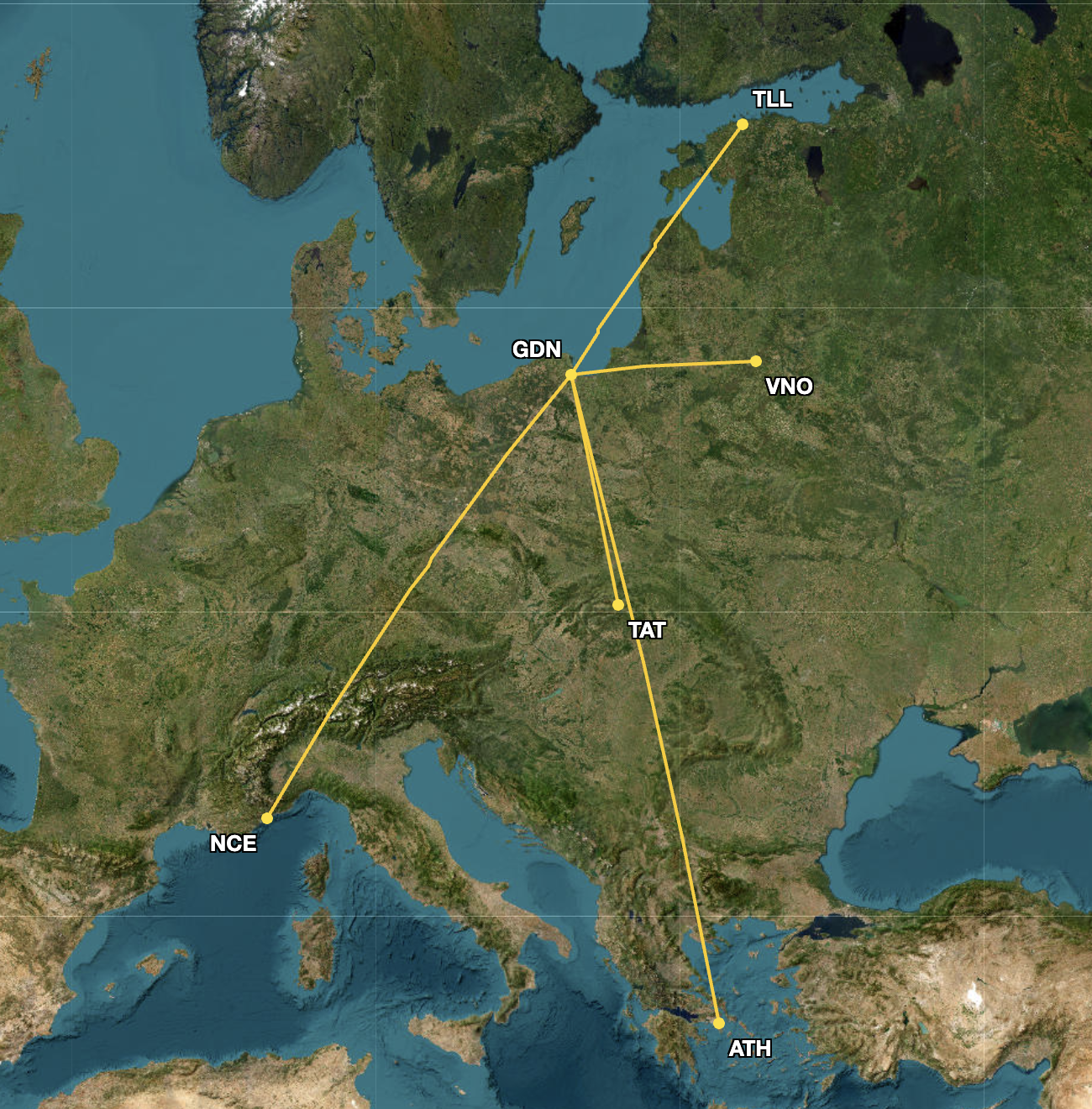
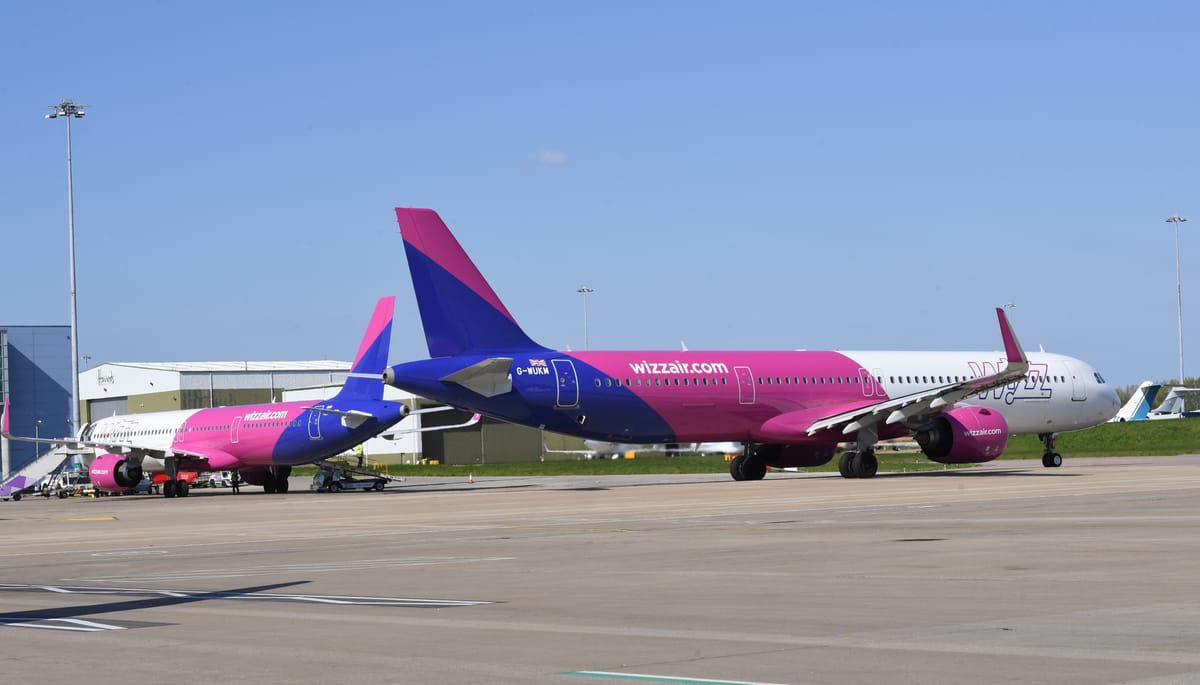
The airline highlighted that since it began flying from GDN in August 2004, it has carried over 31.5 million passengers, with the latest base addition reinforcing its long-standing investment in its Polish operations.
Cirium’s Diio Mi showed that in October 2025, Wizz Air was the largest airline in terms of weekly departing seats from GDN. The low-cost carrier, which has scheduled 37,741 weekly departing seats from the airport, beat out Ryanair, which has offered 33,006 weekly departing seats during the month.
LOT Polish Airlines, the flag carrier of Poland, has scheduled 3,735 weekly departing seats from GDN, with the airline only offering up to six daily departures to Warsaw Chopin Airport (WAW) to facilitate transfers at Poland’s busiest airport.
According to Cirium’s Diio Mi, during this summer season between March and October, none of the five routes had been served by airlines from GDN. Ryanair was the last airline to fly from the Polish airport to ATH, ending that service in October 2020, and to VNO, removing that route from its network in October 2022.
Wizz Air also served the GDN-VNO route up until January 2019, but ultimately ended it just before the pandemic began in March 2020.
The airline, which shuttered the operations of its Abu Dhabi-based subsidiary on September 1, has been reallocating aircraft across Central and Eastern Europe, as it had promised to do when it announced its exit in July.
Since that announcement in July, Wizz Air added an aircraft each at Kraków John Paul II International Airport (KRK), Katowice Airport (KTW), Sofia Vasil Levski Airport (SOF), Venice Marco Polo Airport (VCE), and Tirana International Airport (TIA), a new, two aircraft base at Bratislava Airport (BTS), returning base with a single A321neo at Tuzla International Airport (TZL), two additional aircraft at Chișinău International Airport (RMO), and launched a base at Yerevan Zvartnots International Airport (EVN).
There, the airline’s base will include two A321neos.
At the same time, it announced its exit from Vienna Airport (VIE) in September, citing a “srategic review of its operations and fleet allocation.”
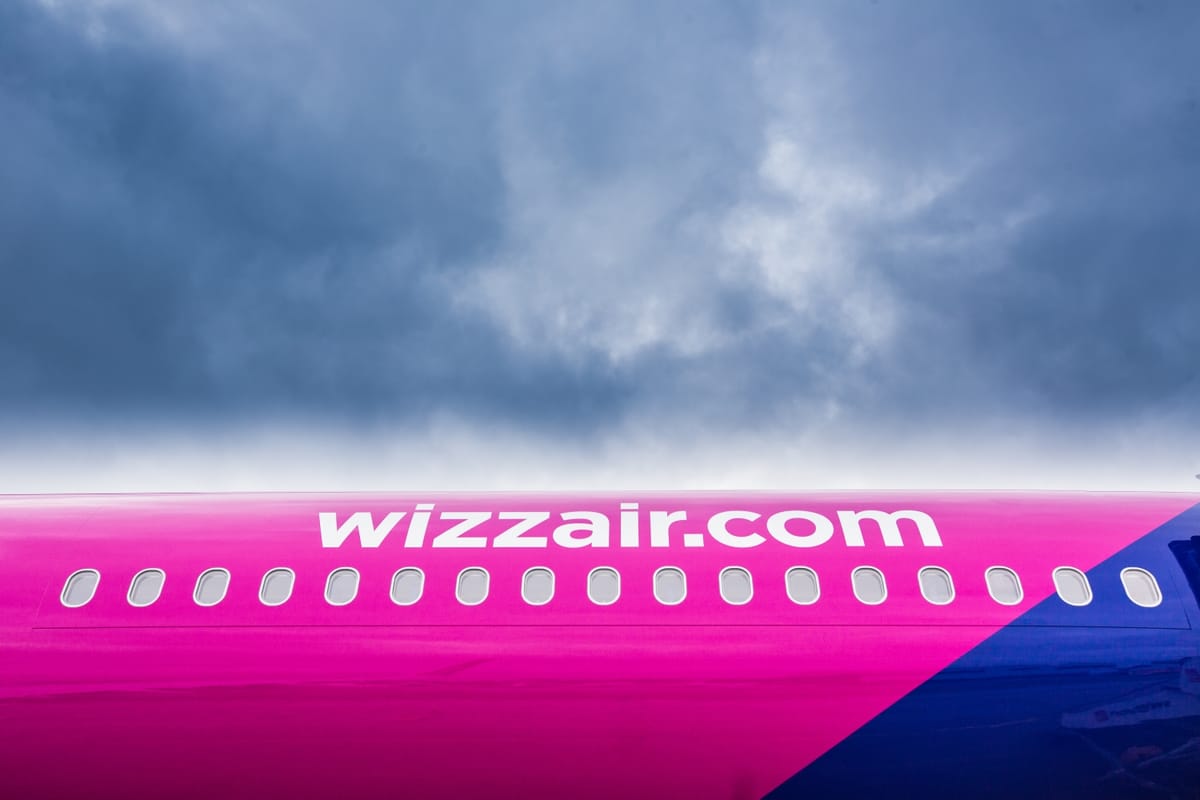
During the upcoming winter season between October and March 2026, Wizz Air’s capacity, measured in avilable seat kilometers (ASKs), is scheduled to grow by 9.1% year-on-year (YoY).
The data includes Wizz Air’s now-closed Abu Dhabi subsidiary, as well as its subsidiaries in Malta and the United Kingdom. To note, the actual International Air Transport Association (IATA) winter scheduling season begins on October 26, and ends on March 28, 2026.
However, Wizz Air has been struggling with aircraft groundings related to the Pratt & Whitney PW1100G engines powering its A321neos. In a recent interview with Reuters, Ian Malin, the Chief Financial Officer (CFO) of Wizz Air, said that it has been “extremely frustrating,” since the carrier has been dealing with engine-related groundings for more than 2-and-a-half years, noting that the airline’s plan is to have all of its fleet back up and running by the end of 2027.
When it announced its Q1 FY26 financial results in July, it said that as of June 30, Wizz Air’s grounded aircraft numbered 41, with the carrier estimating that the average number of A321neos that would be parked throughout FY26 would be 35, “comparing favourably to the 44 average seen in the last fiscal year.”
While the groundings are primarily related to a production defect on engines built between Q4 2015 and Q3 2021, Wizz Air warned that its operations have also been “impacted by the poorer than specified performance of the GTF engine, with a significantly lower time on wing (TOW) before an inspection is required.”
“This has compounded the issue of MRO congestion. As such, Wizz Air is carrying over twice the number of spare engines now than it would normally expect and is contractually obliged to carry.”
An agreement that Wizz Air and Pratt & Whitney signed in May will give it access to “additional engines so as to accelerate the return to air of the grounded fleet,” which should happen in 2027, it said at the time.




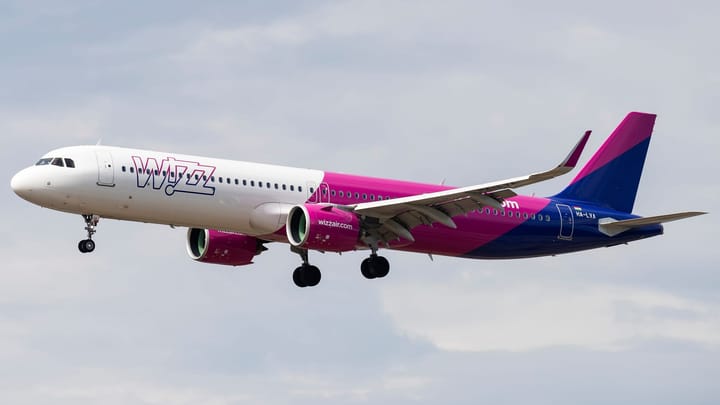
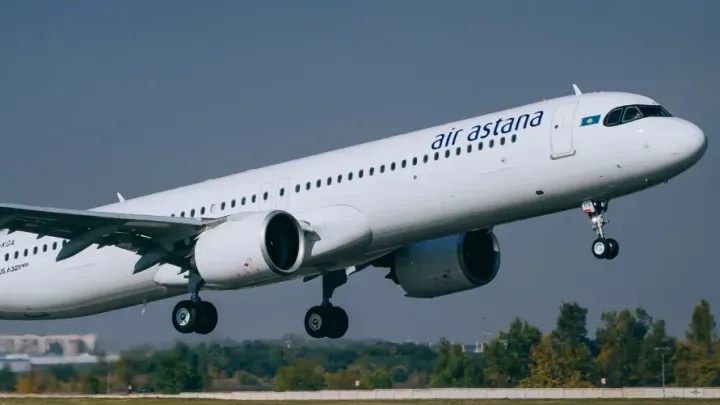
Comments ()